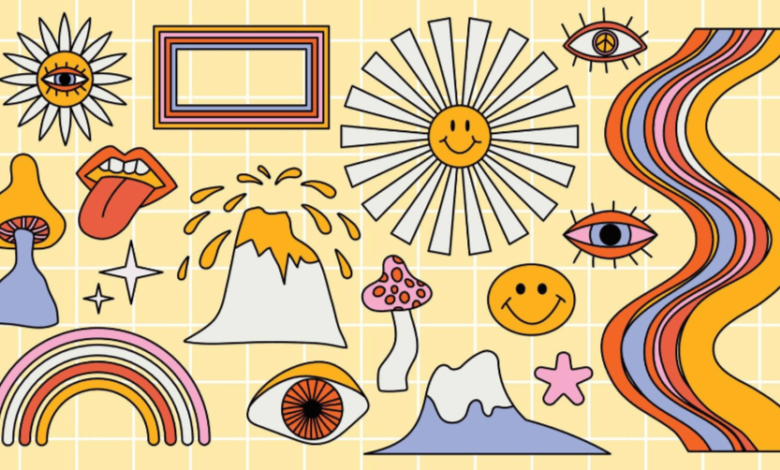Aesthetic:_Bf8ggy_B2e= Trippy Drawings

The Aesthetic:_Bf8ggy_B2e= Trippy Drawings represents a fascinating intersection of art and psychology, drawing its roots from the psychedelic movements of the 1960s. These works not only captivate with their vibrant colors and intricate patterns but also invite a reflection on the subconscious and the nature of perception itself. As we explore the origins and techniques that define this genre, the cultural implications and personal connections it fosters may lead to unexpected insights into both the artistic process and the viewer’s experience. What might these revelations reveal about our own perceptions?
Origins of Trippy Drawings
The origins of trippy drawings can be traced back to various cultural and artistic movements that sought to explore altered states of consciousness and the intricacies of the human psyche.
Psychedelic art emerged prominently in the 1960s, challenging conventional visual perception. It employed vibrant colors, intricate patterns, and surreal imagery to evoke profound emotional responses, ultimately reflecting humanity’s quest for freedom and deeper understanding of existence.
Techniques and Styles
Utilizing a diverse array of techniques and styles, artists of trippy drawings create immersive visual experiences that resonate deeply with viewers.
By manipulating color palettes and integrating intricate visual elements, they evoke emotions and alter perception.
Techniques such as optical illusion and surrealism invite exploration, while dynamic compositions challenge the observer’s understanding, ultimately fostering a sense of freedom and connection within the artwork.
Read Also How to Apply for Student Loan Forgiveness
Cultural Impact and Significance
Trippy drawings have evolved beyond mere artistic expression to become a significant cultural phenomenon, reflecting the complexities of contemporary society.
Rooted in psychedelic art, these works challenge traditional visual perception and invite viewers to explore their subconscious. They foster a sense of freedom and self-exploration, serving as a mirror to societal shifts and encouraging dialogue about consciousness, perception, and the human experience.
How to Create Your Own
Embarking on the journey to create your own aesthetic trippy drawings involves a blend of imagination, technique, and an understanding of visual elements that engage the viewer on a psychological level.
Focus on diverse color palettes to elicit emotional responses and manipulate visual perception.
Experiment with shapes and patterns to enhance depth, ultimately allowing your unique expression to resonate with those who seek artistic freedom.
Conclusion
In the Aesthetic:_Bf8ggy_B2e= Trippy Drawings, vibrant hues and swirling forms intertwine, beckoning the viewer to explore the depths of perception. This artistic movement, rooted in cultural upheaval, transcends mere aesthetics, igniting a dialogue between the conscious and the subconscious. As artists continue to push boundaries, these mesmerizing creations serve as both a refuge and a challenge, inviting an odyssey of self-discovery. Through their enchanting visual language, trippy drawings inspire liberation from the confines of conventional art.


